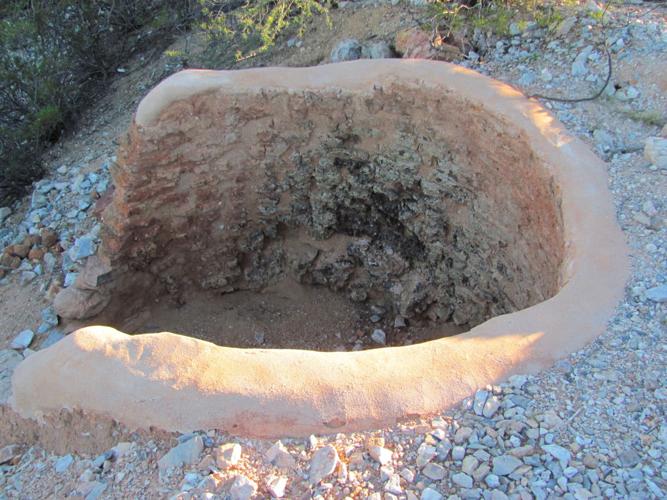A trek on the Cactus Forest Trail at Saguaro National Park east of УлшжжБВЅ offers spectacular views of the Sonoran Desert and something else: a glimpse into УлшжжБВЅтs industrious past.
Tucked into hillsides along the trail are the remains of two century-old kilns, stone structures where limestone from nearby slopes was processed into lime for mortar and plaster used in building.
A recently added short loop trail leading to the base of the kilns lets visitors get a close-up look.
How trees killed the kilns
The kilns т and a few others in more remote parts of Saguaro Park т were in use from the 1880s to 1920, said Jeff Wallner, a park guide.
тThe limestone came from a hill to the east of the kilns,т Wallner said. тI donтt know if they blasted it out or just broke it up.т
People are also reading…
The process to convert limestone into lime, sometimes known as quicklime, involved placing the limestone into the beehive-shaped kilns and heating it to high temperatures by burning palo verde and mesquite wood cut from trees in the area.
тThe limestone turned to powder when it was heated, and it was used for plaster, mortar and whitewash,т Wallner said. тThe story is that some of the lime was used in mortar in the walls of volcanic rock at the University of УлшжжБВЅ.
A dispute over trees led to the kilnsт closure in 1920.
тRanchers in the area wanted the trees because their cattle were feeding on the beans of mesquite,т Wallner said. тThe ranchers had grazing rights and the kiln people didnтt have rights тІ the ranchers took the lime kiln guys to court and the kilns were shut down.т
much easier access today
Hikers on the Cactus Forest Trail, which connects two points on the parkтs Cactus Forest Loop Drive, had to scoot down steep and rocky slopes to get to the base of the kilns. Now access is easier and safer.
A new side loop trail, completed in late spring, takes hikers down the slopes at a gradual angle. Itтs easy to spot trail access points, but Wallner said plans call for signage to identify the short loop route.
Interpretive signs at the site, which he helped create, went up during the summer.
{p class=”p1”}Contact reporter Doug Kreutz at dkreutz@tucson.com or at 573-4192. On Twitter: @DouglasKreutz


















